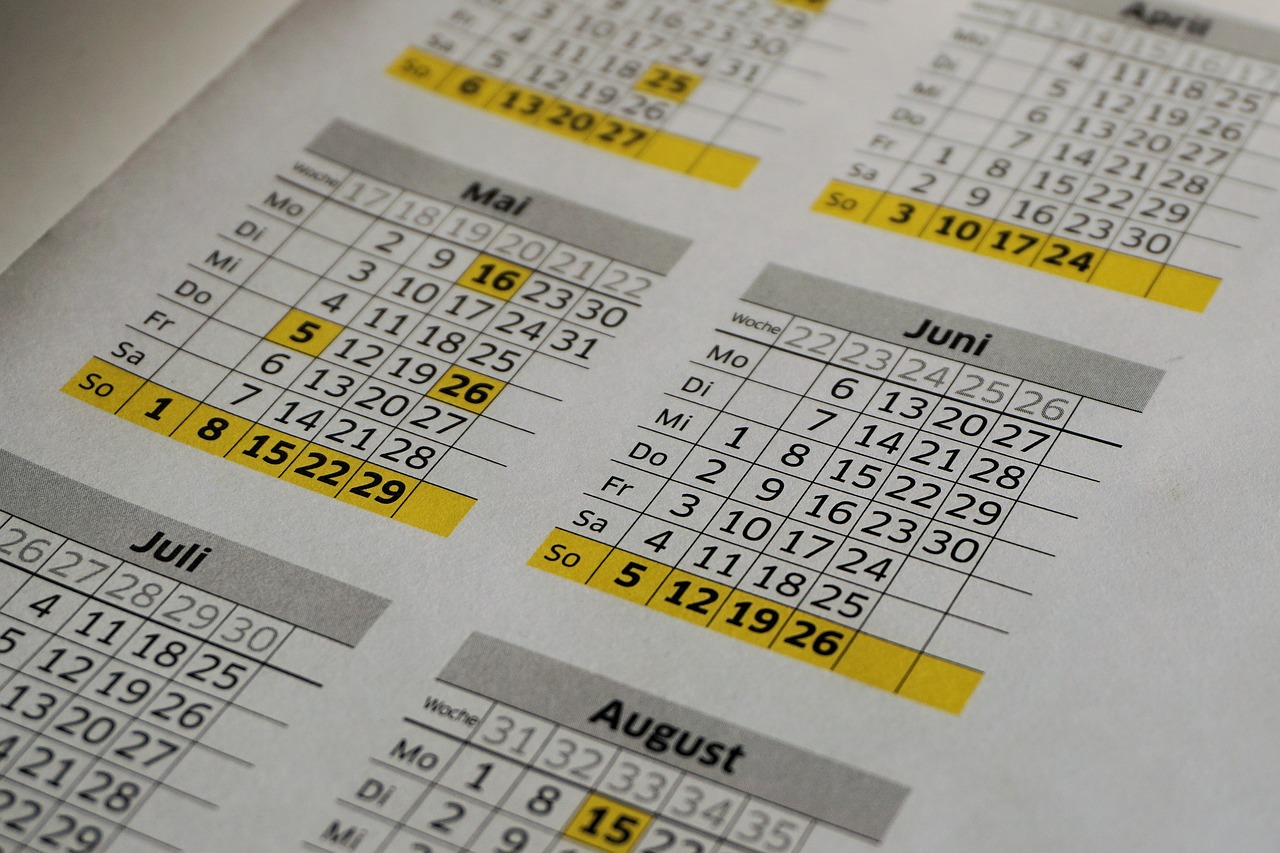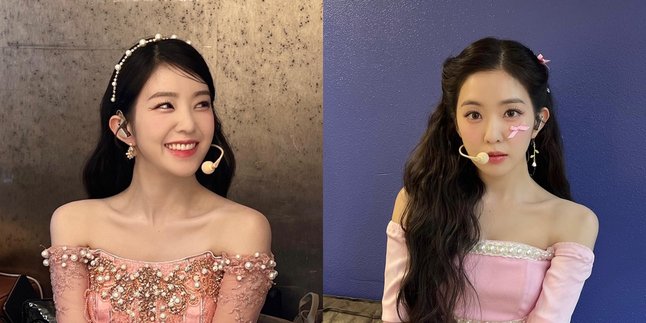Kapanlagi.com - The calendar is more than just a timekeeping tool. The Japanese language calendar is a deep reflection of the culture and philosophy of a society. In Japan, the concepts of time and seasons have meanings that go far beyond the numbers on a sheet of paper.
From detailed seasonal divisions to vibrant festival celebrations, the Japanese calendar holds a wealth of astonishing meanings. This article will invite KLovers to understand the Japanese language calendar and the concepts of the calendar in Japanese culture and society.
For those of you who are learning Japanese, here are expressions of the Japanese language calendar, complete with explanations and concepts of the calendar in Japanese culture. Let's check it out, KLovers!
1. Explanation of the Japanese Language Calendar

Illustration (credit: pixabay.com)
The Japanese language calendar is "Karenda" and in Japanese culture, the concept of the calendar has an interesting history and significance. Japan has used several calendar systems throughout its history. Traditionally, the Japanese people used a lunisolar calendar based on the ancient Chinese calendar.
This system, known as "Kyureki" or "old calendar," is still used in some traditional practices and festivals. However, since the Meiji era (1868-1912), Japan officially adopted the Gregorian calendar known as "Shinreki" or new calendar. This calendar is used for daily and business purposes.
Although using the international calendar system, Japan has a unique way of marking the years. They use the imperial era system or "Nengo", where the year is counted based on the reign of the current Emperor. Additionally, Japan also has the concept of "nijushi sekki" or "24 divisions of the seasons," which is a traditional agricultural calendar.
This itself marks the changing of the seasons in Japan. This system is still used in weather forecasting and some aspects of daily life. The uniqueness and complexity of the Japanese calendar system reflect the rich culture and history of the country. So you can understand if you want to learn the Japanese language.
2. The Concept of Calendar in Japanese Culture

Illustration (credit: pixabay.com)
After learning the Japanese calendar, KLovers can also understand the concept of the calendar in Japanese culture. Below, Kapanlagi will provide a more comprehensive explanation of these calendar concepts in Japanese:
1. Season (kisetsu)
- haru - Spring: Lasting from March to May. Known for the blooming cherry blossoms.
- natsu - Summer: From June to August. Characterized by hot and humid weather, as well as summer festivals.
- aki - Autumn: September to November. Famous for the scenery of changing momiji leaves.
- fuyu - Winter: December to February. A popular season for skiing and onsen (hot spring baths).
2. Nijushi sekki - (24 Seasonal Divisions)
This ancient Japanese calendar system divides the year into 24 periods based on the position of the sun. Some examples:
- risshun - Beginning of Spring: Around February 4
- seimei - Clear and Bright: Around April 5
- rikka - Beginning of Summer: Around May 5
- taisho - Great Heat: Around July 23
- risshu - Beginning of Autumn: Around August 7
- soko - Frost Descends: Around October 23
- ritto - Beginning of Winter: Around November 7
- daikan - Great Cold: Around January 20
3. Festivals and important holidays
- o-shogatsu - New Year: The most important celebration in the Japanese calendar.
- o-hanami - Cherry Blossom Viewing Festival: Usually from late March to early April.
- kodomo no hi - Children's Day: May 5
- o-bon - Obon Festival: Mid-August, to honor the spirits of ancestors.
- tanabata - Star Festival: July 7
4. Era concepts
- Reiwa - The current era, started in 2019
- Heisei - The previous era, 1989-2019
- Showa - 1926-1989
5. Calendar-related terms
- yotei - Schedule/Plan
- shimekiri - Deadline
- kinenbi - Memorial Day
- shukujitsu - National holiday
- heijitsu - Workday
6. Unique concepts
- nijushi sekki - 24 seasonal divisions, used in agriculture and traditional life.
- rokuyo - A six-day system used to determine good or bad days.
That is the understanding of the Japanese calendar that you can know. Understanding the Japanese calendar can be a new knowledge that you must know when learning Japanese.
(kpl/dhm)
Disclaimer: This translation from Bahasa Indonesia to English has been generated by Artificial Intelligence.














